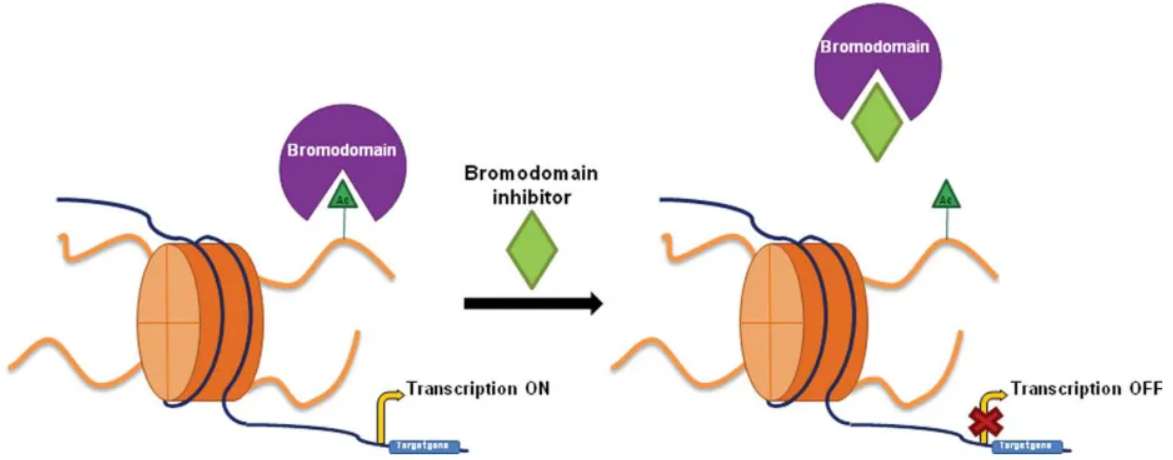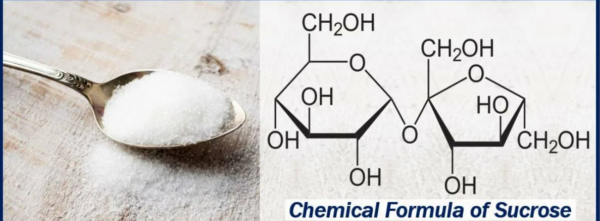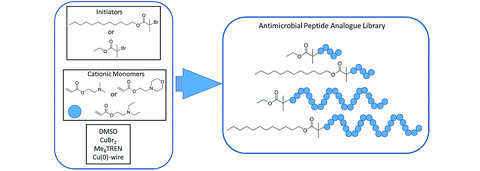In recent years, small molecule inhibitors targeting bromodomain-containing proteins have shown great promise in the field of drug discovery and development. With their ability to modulate gene transcription and epigenetic regulation, bromodomain inhibitors offer potential therapeutic avenues for a wide range of diseases, including cancer, inflammation, and neurodegenerative disorders. In this blog post, we will delve into the Bromodomain Modulators Library and its focus on drug-like compounds that hold significant potential for advancing therapeutic interventions.
Understanding Bromodomain Modulation and Epigenetics:
Bromodomains are protein domains that recognize and interact with acetylated lysine residues on histone proteins, crucial for regulating gene expression. By selectively binding to bromodomains, small molecule inhibitors can interfere with the formation of protein complexes involved in gene transcription, altering cellular responses and impacting disease processes. This epigenetic modulation represents a novel and dynamic approach to drug development.
The Drug-like Compounds in the Bromodomain Modulators Library:
The Bromodomain Modulators Library consists of a diverse collection of drug-like compounds that exhibit favorable pharmacological properties, including good bioavailability, solubility, and selectivity. These compounds are meticulously selected based on their chemical structure, with emphasis on properties that enhance their potential for optimization and development into effective therapies. The drug-like compounds in the library serve as valuable starting points for further medicinal chemistry and lead optimization efforts.
Advantages of Drug-like Compounds:
Drug-like compounds, by nature, possess certain characteristics that make them suitable candidates for further drug development. These compounds often exhibit better pharmacokinetic properties, such as absorption, distribution, metabolism, and excretion, making them more likely to be successfully translated into therapeutic agents. Additionally, drug-like compounds have a higher likelihood of passing crucial bioactivity and safety parameters during preclinical and clinical evaluations, saving time and resources in the drug discovery process.
Applications in Cancer:
Cancer cells often exhibit dysregulated gene transcription, making bromodomain-containing proteins attractive targets for cancer treatment. By inhibiting bromodomains, it becomes possible to disrupt the activity of oncogenic transcription factors and halt the progression of cancer cells. Several bromodomain inhibitors derived from the Bromodomain Modulators Library have shown promising preclinical and clinical results in various cancer types, indicating their potential as future therapeutics.
Exploring Beyond Cancer:
While initially focused on cancer, bromodomain modulators have also shown potential for therapeutic applications beyond oncology. For instance, inhibitors targeting bromodomain-containing proteins have demonstrated efficacy in autoimmune diseases and inflammation by modulating the activity of key immune genes. Additionally, studies have suggested their potential in neurodegenerative disorders, as bromodomains are involved in transcriptional regulation events critical to neuronal health.
Challenges and Future Directions:
Despite the successes in targeting bromodomains, challenges remain in realizing the full potential of the Bromodomain Modulators Library. The design and optimization of compounds with improved selectivity and safety profiles continue to be a key focus. Furthermore, understanding the intricacies of bromodomain-containing proteins and their roles in different diseases will be essential to identify suitable therapeutic opportunities.
Conclusion:
The Bromodomain Modulators Library, with its repository of carefully selected drug-like compounds, presents a bountiful resource for researchers and drug developers seeking novel therapeutic options. By targeting bromodomain-containing proteins, it offers a unique mechanism to modulate gene transcription and epigenetic regulation, presenting opportunities in cancer, inflammation, and neurodegenerative disorders. As research on bromodomain modulators progresses and optimization efforts continue, these drug-like compounds may pave the way for the development of much-needed therapies, bringing us closer to combating complex diseases and improving patients’ lives.



